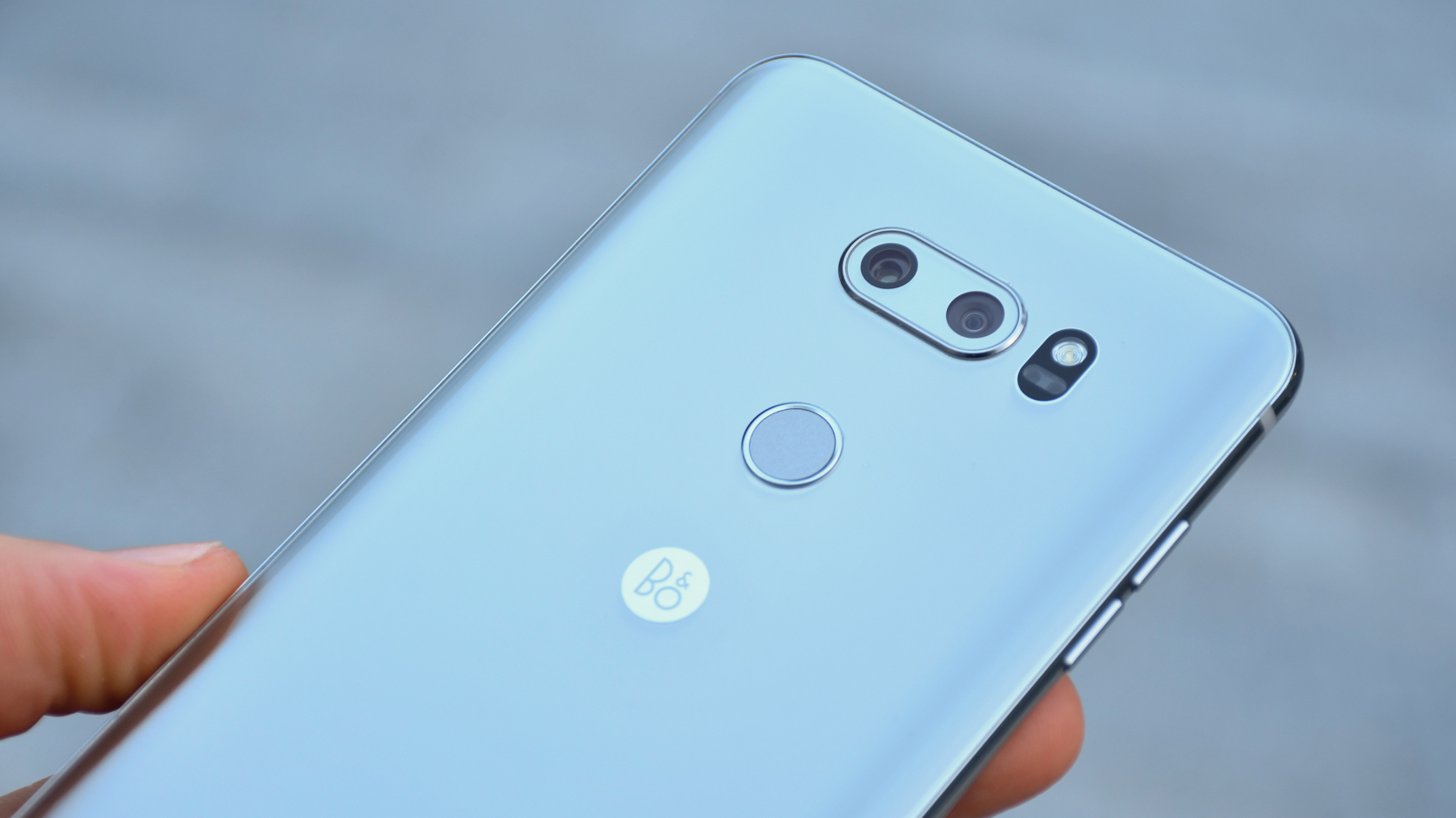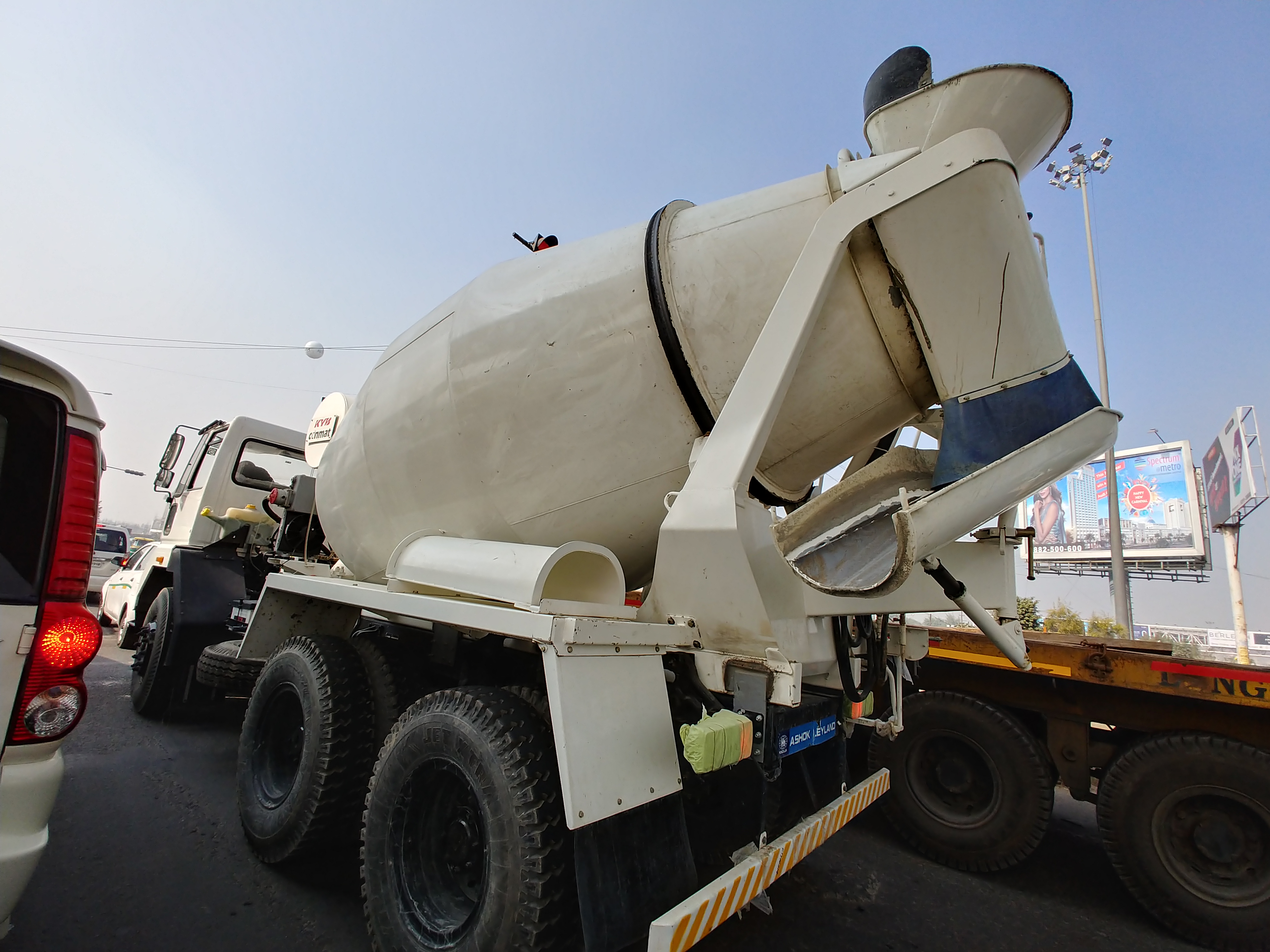Why you can trust TechRadar
Interface and reliability

The V30+ comes with Android 7.1.2 Nougat out-of-the-box which is a bummer. LG released it during the second half of 2017 while it did not show up in India until December. LG could have easily shipped the phone with the Android 8.0 Oreo.
LG’s UX is one of the worst interfaces to have ever existed on a phone. It’s really bad to use. The interface generally makes the phone feel a bit laggy. On occasions when you wouldn’t expect it to be sluggish, such as on tapping the settings, it takes a while before the options are launched. There are unnecessary effects in the interfaces like the one on the homescreen which stretches the display on either of the pages on the homescreen. All of this makes for a bad smartphone experience.
If that wasn’t enough, LG has filled the phone with bloatware apps like Memo, Tasks, Smart Doctor, SmartWorld and even an E-mail app among others which just adds to its sluggishness.
LG is in dire need of a UX overhaul if it wants the phones to run on all engines. This compromise is something that is not expected from flagship smartphones.
Performance
Even though the V30+ comes buffed up with Qualcomm’s Snapdragon 835, it doesn’t feel any snappier. Upon filling the phone with usual apps, we noticed small lags while tapping on an icon and the menu. This has majorly to do with the company’s homegrown UX which isn’t optimised well enough.
Normal users won’t notice these performance issues until a few months into the regular usage. All the phones available in this price segment are prone to fatigue after some time, this one is just at the starting of the curve.
The phone was able to run games like Asphalt 8 but with titles like Injustice 2 and Dawn of Titans, it stuttered and lagged quite often. The camera app felt slow as did the phone in general when we tried to multitask. It just did not feel powerful enough.
Sign up for breaking news, reviews, opinion, top tech deals, and more.
With phones like the OnePlus 5T and the Mi Mix 2, this was never a case. They just braced up for whatever we threw at them and performed without any woes.
The regular V30 comes with a 4GB RAM and 64GB of onboard storage while the V30+ has double the internal storage which can further be expanded to 256GB.

Listening to music on the V30+ takes it to a new level of enjoyment. We applaud it for two things, one for including the 3.5mm headphone jack and supplementing it with an awesome Quad DAC (digital to analog converter) and unique settings to squeeze more use out of it. The second is that the V30+ has the ability to tweak the sound profile delivered by the Quad DAC, even individually tweaking the decibel level of each ear speaker when switched on which is a new feature.
The V30+ is also one of the first smartphones to support the MQA wireless audio codec. Of course, you’ll need high-end headphones to properly enjoy it but LG’s melding of innovation on both the wired and wireless fronts shows that it can honour its legacy while advancing with technology.
Camera

LG has put in a lot of effort in bringing upgraded hardware and features to make use of the dual camera system of the V30+. However, everything goes in vain when it comes to the camera department.
Given that the two cameras, one with a f/1.6 aperture lens and the other with f/1.9 aperture should ideally perform well. The company’s decision to put in a 1-micron sensor under them prevents them from capturing enough light which in turn produces low clarity images and makes for a heartbreaking experience.
The secondary camera on the V30+ is a wide-angle one but doesn't support autofocus which is again not very good. LG is consistent with its main camera feature of pairing a primary lens with a wide-angle one for some awesome looking fish-eye effect shots. The LG V30+ camera takes some good wide shots but because of the lack of detail and over-saturation, the phone just doesn’t cut it for a flagship-level camera.








In our time with the phone, we did not find it to be the industry-best at illuminating a dark scene either. What the camera does better than most is providing a better balance of lighting and contrast for capturing the golden hours of the day.
Flipped over on its front, the small 5MP selfie camera is a straight up disappointment. While the lighting and colours look fine for the most part, the photos lack detail and in general make you look gloomy. I don’t use the front-facing camera much but this is all I could make for the selfie snapper. It’s bad and LG needs to fix it.
The V30+ is packed with camera features like professional colour grading to give each video and picture the right kind of contrast, lighting and saturation. For power users who want to shoot footage with the V30+ and export to say the Adobe Premiere, you can export the Cine Log, which retains the metadata during post-production. If you’d rather edit video on the phone, LG has including an app that can let you do just that.
LG has also partnered with Graphy to teach users how to become comfortable with the manual mode.
Another new addition to the camera software is Point Zoom. Activated within the Cine Video mode in the camera app, this new feature smoothly zooms in on wherever you tap, instead of the standard centre zoom effect we’re all accustomed to. It might not sound like much, but it’s one of those small things that will likely make a big difference moving forward in smartphone videography.
These extra features cannot dismiss the issue at hand which is that the camera in the V30+ lacks basic necessities to capture a good picture worthy of a flagship smartphone.
Current page: Interface, performance and camera
Prev Page Introduction, design and display Next Page Battery and verdict
- Siddharth Chauhan is the Consumer Technology Reporter at Digit India. He used to work as an Assistant Editor at TechRadar India
